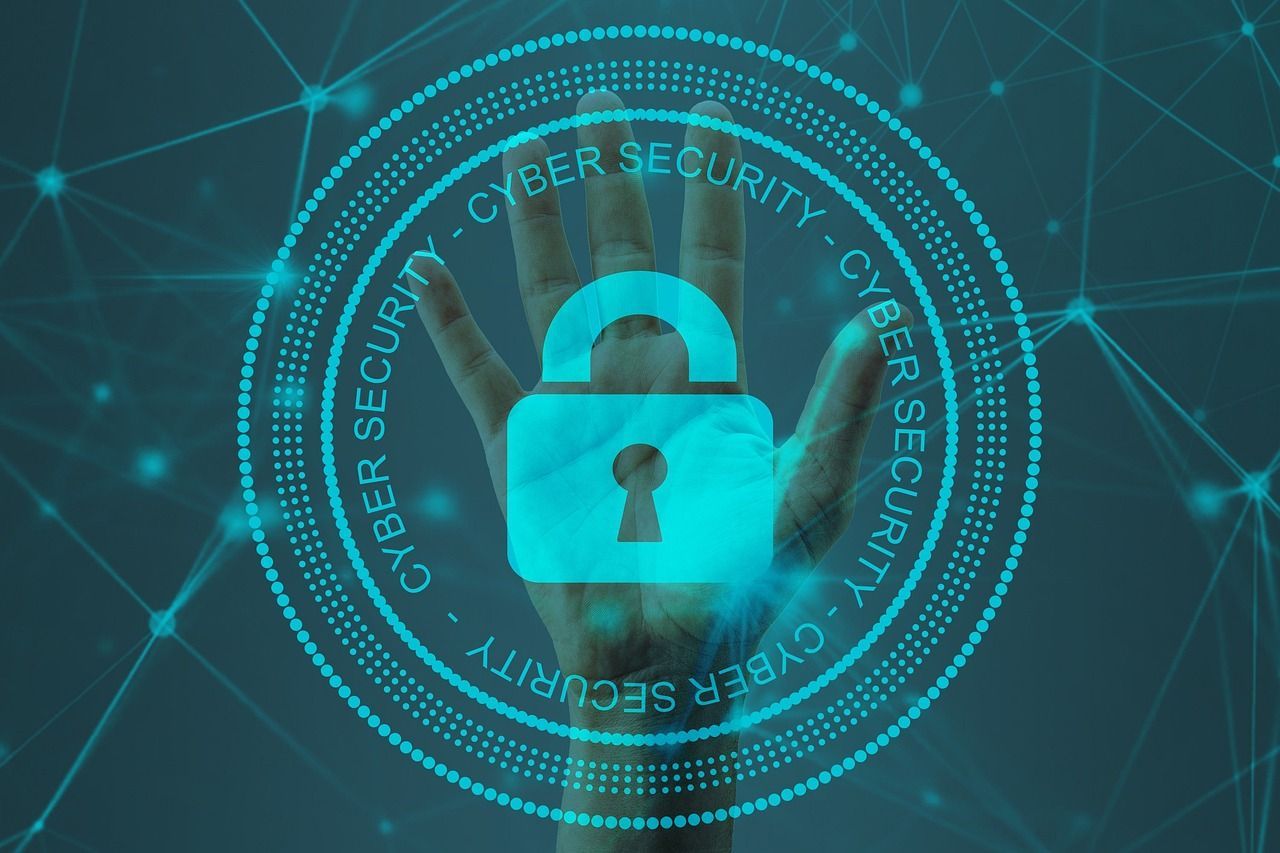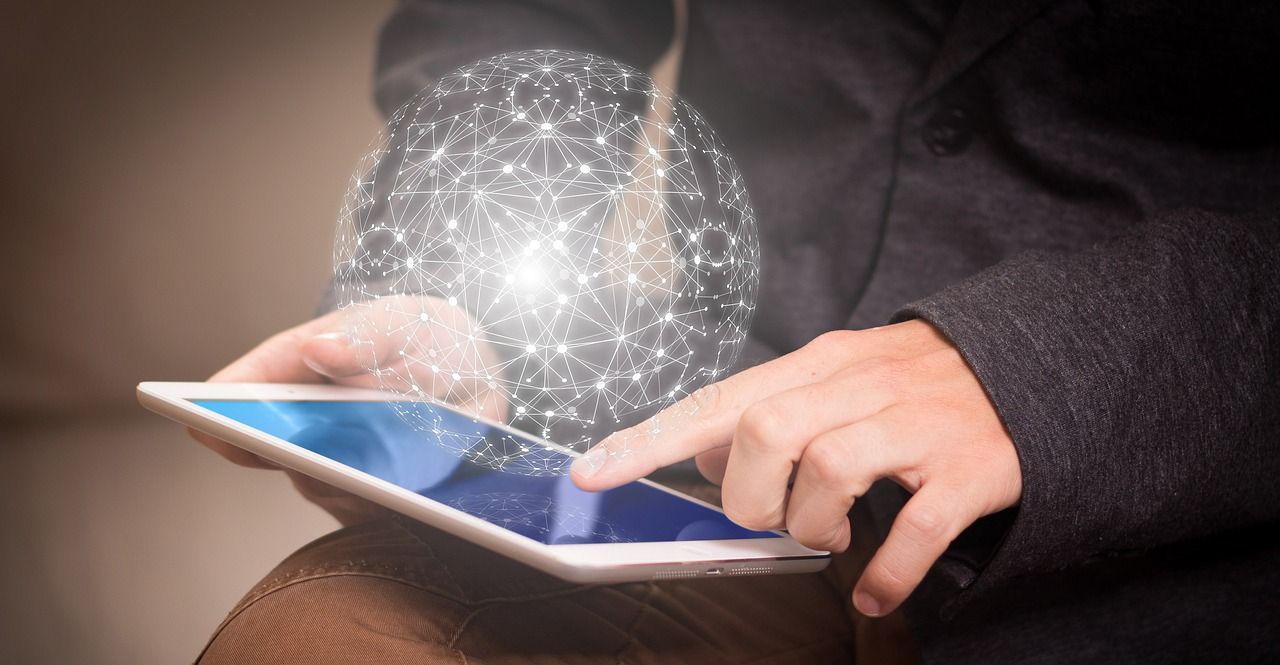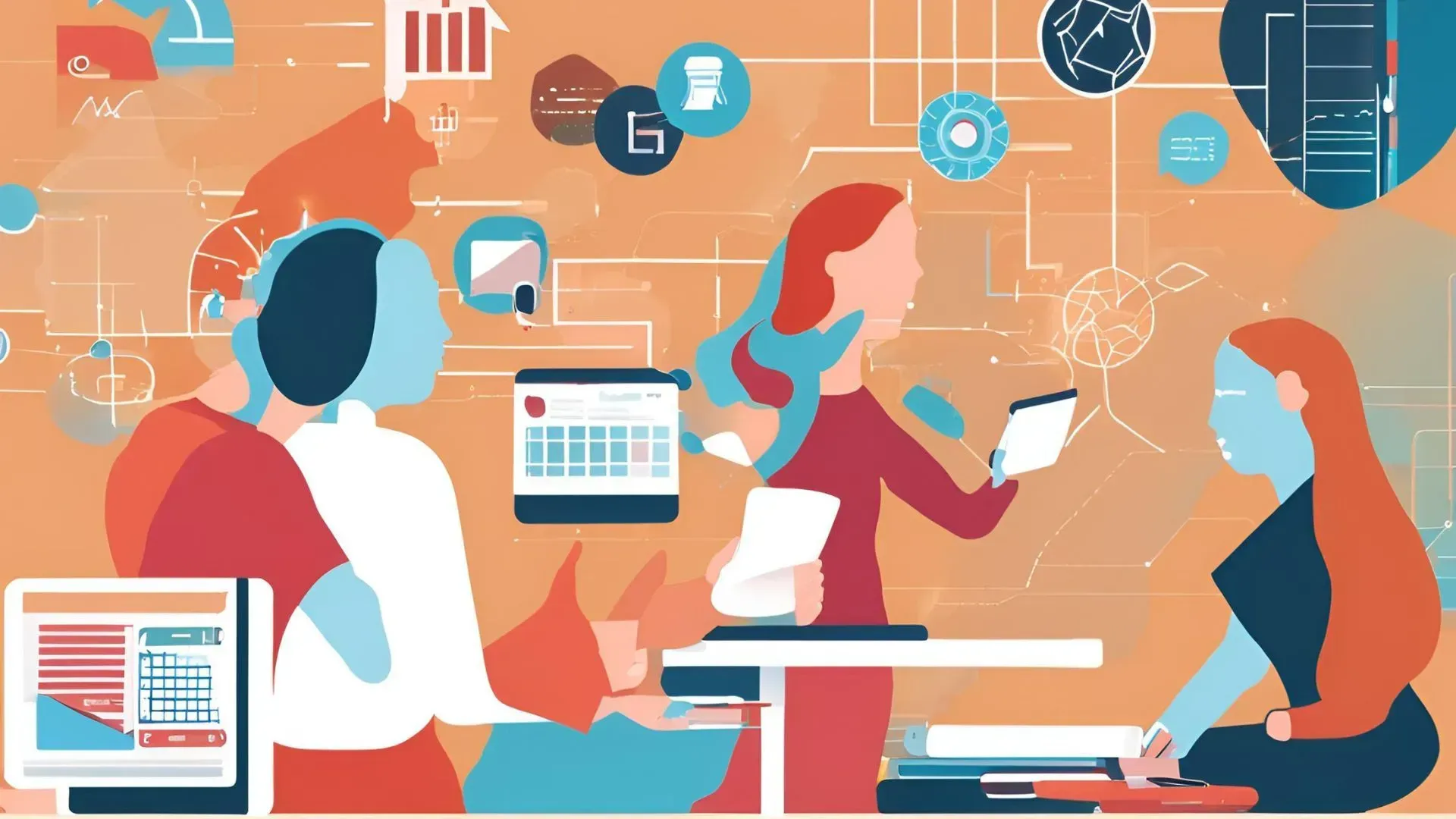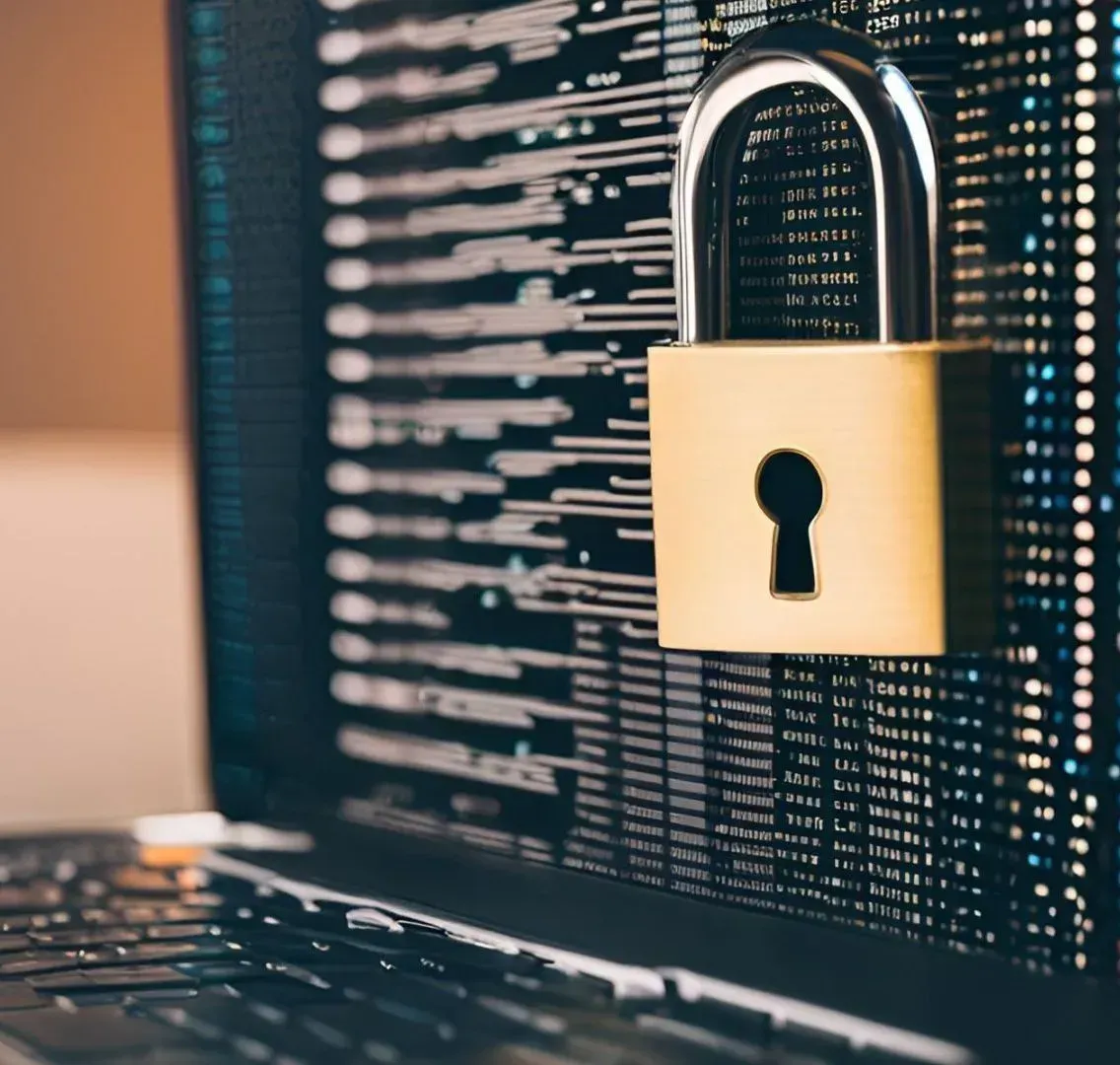
In this modern interconnected world, digital access has become a vital aspect of our daily lives. From communicating with others to managing financial transactions, our reliance on digital technology knows no bounds.
However, with this increased dependence, a critical concern emerges — cybersecurity.
From personal data breaches to large-scale cyber-attacks, the vulnerabilities of digital access can impact various areas of cybersecurity.
According to a report by the Institute for Pervasive Cybersecurity, cyber threats cost around USD 6 trillion (9.3 Trillion AUD) in 2021 and are predicted to cause damage of USD 10.5 (16.2 Trillion AUD) trillion annually by 2025.
These consequences make it crucial to deal with cybersecurity threats with urgency.
In this article, we are going to discuss how digital access impacts various aspects of cybersecurity. Plus, we will take a look at some simple strategies you can adopt to lessen the risk posed by cyber threats.
Let’s get started.
Impact of Digital Access on Various Areas of Cybersecurity
Digital access impacts various areas of cybersecurity, including network security, cloud security, data privacy, and many more.
Let’s discuss the detailed implications across these different domains.
Increased Attack Surface

The more digital our systems become the more ways hackers find to hack them.
From IoT devices to cloud and mobile computing and from the utilisation of big data analytics to reliance on third-party applications, though every development improves efficiency, they also provide entry points to cybercriminals.
Each entry point offers more opportunities for cybercriminals to discover vulnerabilities and execute cyber-attacks.
Network Security

Network security is an area of cybersecurity that is heavily impacted by digital access.
Networks serve as the base of digital communications that allow devices to connect and exchange information.
However, this accessibility has potential vulnerabilities.
Cybercriminals exploit weaknesses in networks to get unauthorised access and capture data. It doesn’t matter if you have wired or wireless connections, you must execute strong network security procedures — like firewalls, secure authentication methods, and encryption techniques — to protect against unauthorised access and data breaches.
Cloud Security

Digital access often involves the protection of data, applications, and infrastructure stored within or accessed via cloud computing services. Most organisations are moving to the cloud or hybrid computing in order to gain flexibility and scalability.
Effective cloud security involves various strategies to ensure protection.
These include things like encryption which stores your data in such a way that restricts access only to authorised users.
While cloud services are great for businesses and organisations, they require a different approach to access and control as compared to traditional security approaches.
Misconfiguration or poor security measures can lead to data breaches.
Data Protection

Digital access has changed the way we handle and store data.
The ease of accessing and sharing information online has provided numerous advantages.
The collection and storage of vast amounts of data, including financial data and Personally Identifiable Information (PII), must implement privacy policies and use secure protocols, such as HTTPS, while transferring.
User Privacy
As individuals access digital platforms, they share their personal information, which can be used for unauthorised purposes.
Protecting this data from breaches, theft, fraud, or unauthorised access becomes a vital cybersecurity concern.
For the protection of the user’s privacy, organisations must comply with privacy protection regulations such as the Australian Privacy Act 1998.
Such regulations help protect customers’ privacy from breaches and also restrict companies from using client’s information without their permission.
Failure to comply with these regulations can result in severe penalties and reputational damage.
Threat Detection and Response

The increase in digital access has given rise to an increasing number of cyber threats.
Threat detection involves continuously monitoring network traffic, system logs, and user behaviour to identify any suspicious activity. Once the threat is identified, it’s time to take action — block the intruder’s access and fix any vulnerabilities they exploited.
For AI-driven attacks and advanced phishing methods, organisations need to have strong threat detection and response mechanisms in place.
Therefore, it is necessary to have quick response capabilities to minimise the impact of cyberattacks.
Human Error and Social Engineering
Employees are the first line of defence in the case of cybersecurity.
Digital access changes the way how employees deal with technology and information.
Sometimes, employees make mistakes by clicking on a suspicious link in an email or using weak passwords, accidentally putting sensitive information at risk.
How Can You Lessen Cybersecurity Risks?

Reducing cybersecurity risks involves implementing a blend of active measures to protect your digital assets from threats.
Let’s discuss various strategies you can adopt to lessen cybersecurity risks:
1. Employee Training
Start by educating your employees about cybersecurity practices.
Employ regular training sessions to raise awareness about various types of cyber threats, including phishing attacks, social engineering, malware, and ransomware.
Moreover, organisations should educate their employees about the importance of maintaining robust network security.
2. Zero Trust Approach
Continuously verify all users and devices whenever granting access to sensitive information. This way, you minimise the capability of anyone to move around different systems to steal data.
3. Multi-Layered Security
Use a multi-layer security approach by adding an extra layer of security by requiring users to provide additional verification beyond just passwords.
Firewalls, anti-virus software, encryption, and regular security audits collectively improve your defence against cyber threats.
4. Incident Response Plan
Attackers always find their way to get into your system no matter how many preventive measures you have taken. Therefore, it is important to have an incident response plan to minimise the damage.
Third-Party Risk Management
Choose external vendors and partners carefully who can access your system or data.
It is vital for cybersecurity because third parties can introduce additional risks. Effective management can help you to mitigate cyber security risks associated with third parties.
That was all for today…
Take Away
There is no doubt that digital access to technology impacts cybersecurity. From network security to data protection, the risks are real and can cost a lot. And, by implementing proactive measures, you can mitigate these risks to a great extent.
However, it is essential to understand that we must make advancements in our digital defence systems with the advancements in cyber threats. Otherwise, we might end up staying behind in the race, leading to great financial and reputational losses.
Be informed. Stay updated.
Stay ahead with the
HermesHerald newsletter!
Immerse yourself in exclusive insights and crucial updates. Ensure you're always in the know!
Contact Us
Thank you for signing up to HermesHerald! We're excited to keep you updated with the latest insights and information. Stay tuned! 🌟
Please try again later.
Contact Us
Thank you for signing up to HermesHerald! We're excited to keep you updated with the latest insights and information. Stay tuned! 🌟
Please try again later.
Contact Us
Thank you for signing up to HermesHerald! We're excited to keep you updated with the latest insights and information. Stay tuned! 🌟
Please try again later.
With over 40 years combined experience, we conduct professional investigation and intelligence services for local and international clients in the public, private, and law enforcement sectors.
Website Privacy Policy & GDPR | Operational Policy
BROWSE WEBSITE
CONTACT INFO
Phone:
1800 889 713
Email: help@cyberlutions.com.au
Location:
Suite 88, 30 Denison St, Bondi Junction NSW 2022
Location:
Unit 4, 95 Main Rd, George Town TAS 7253
BUSINESS HOURS
- Mon - Fri
- -
- Sat - Sun
- Closed
With over 40 years combined experience, we conduct professional investigation and intelligence services for local and international clients in the public, private, and law enforcement sectors.
BROWSE WEBSITE
CONTACT INFO
Phone: 1800 889 713
Email: help@cyberlutions.com.au
Location: Suite 88, 30 Denison St, Bondi Junction NSW 2022
Location: Unit 4, 95 Main Rd, George Town TAS 7253
BUSINESS HOURS
- Mon - Fri
- -
- Sat - Sun
- Closed
Copyright CYBERLUTIONS, All Rights Reserved
Content, including images, displayed on this website is protected by copyright laws. Downloading, republication, retransmission or reproduction of content on this website is strictly prohibited. Website Privacy Policy & GDPR | Operational Policy | Cookie Policy








